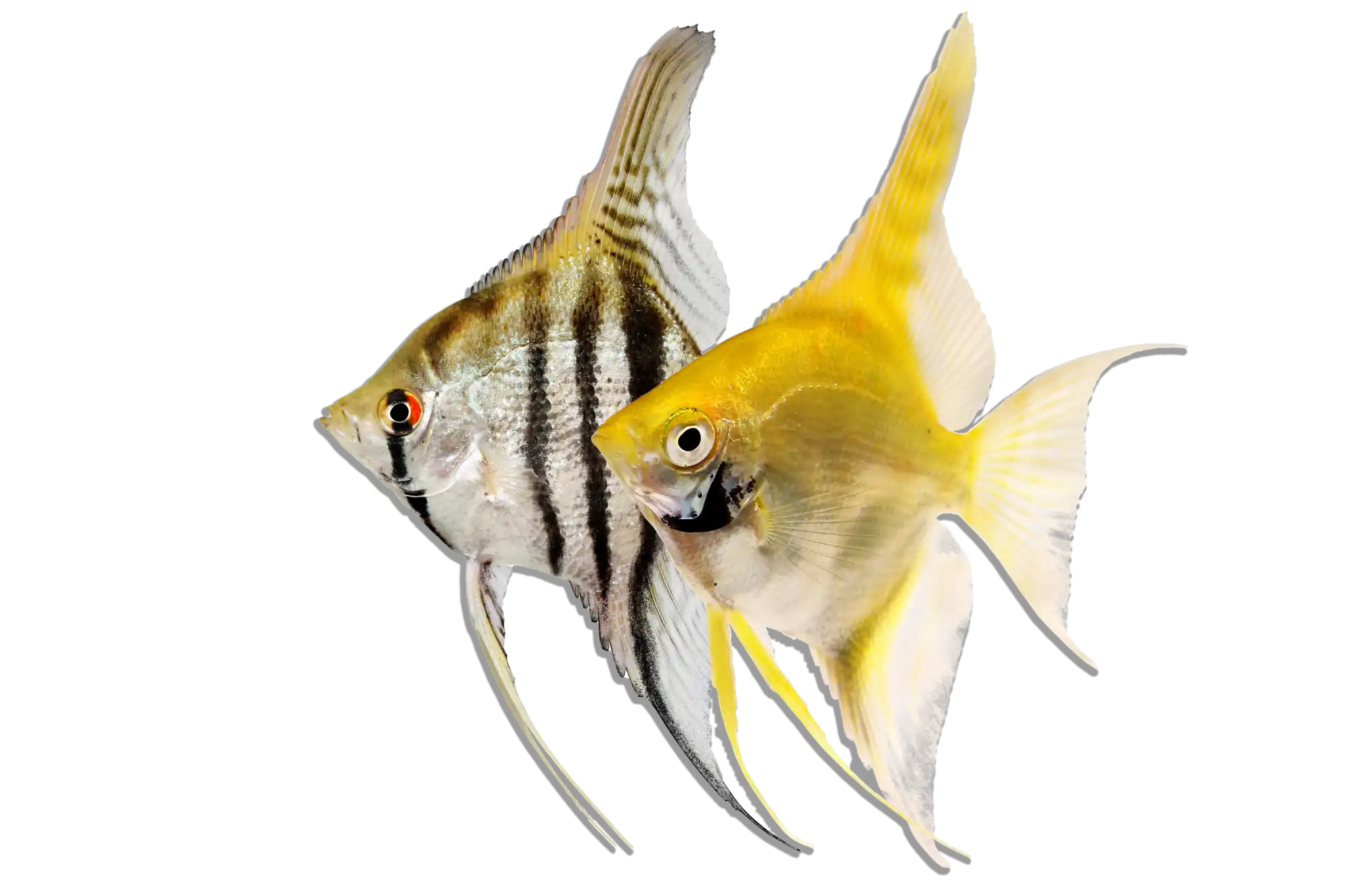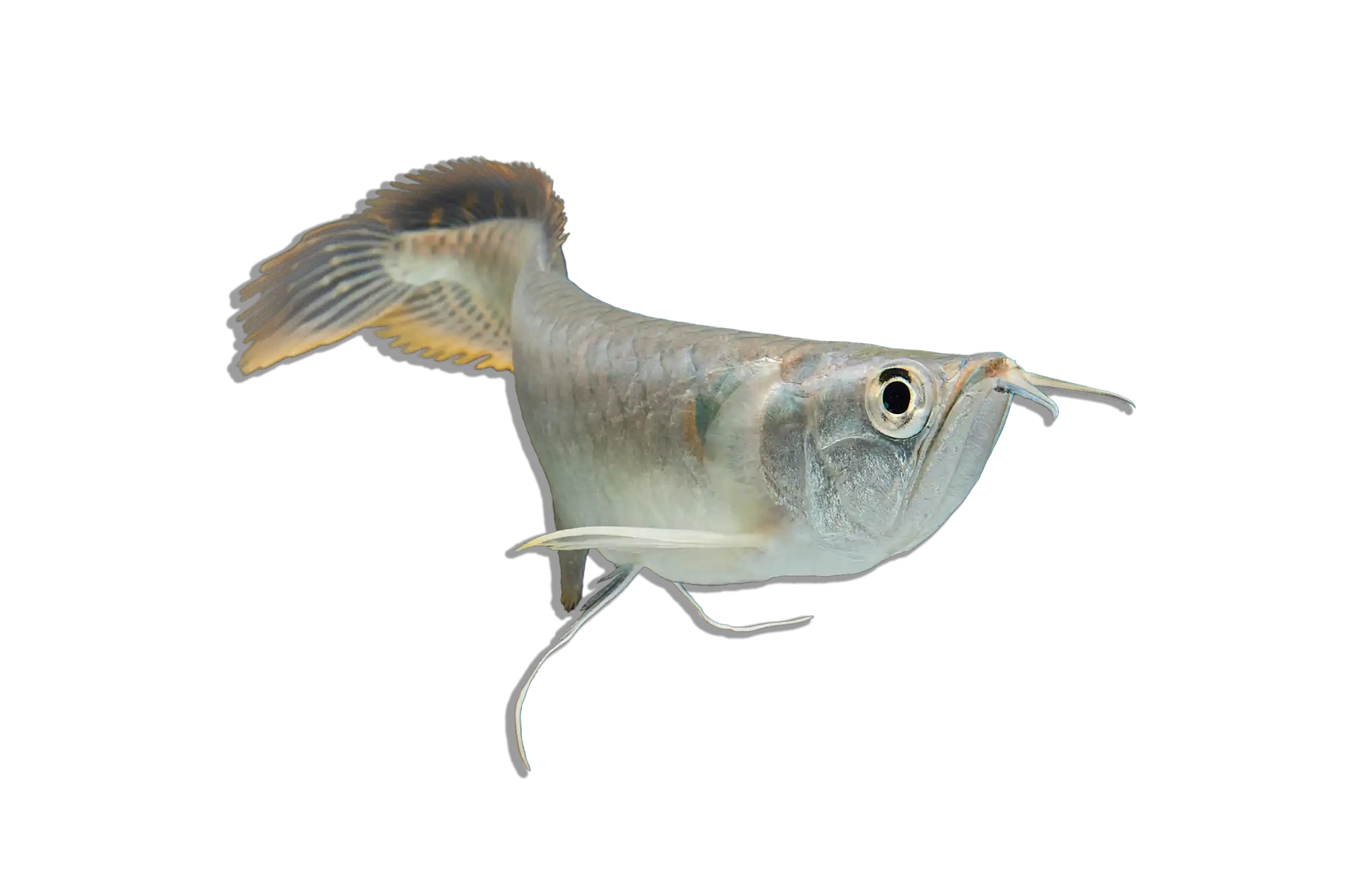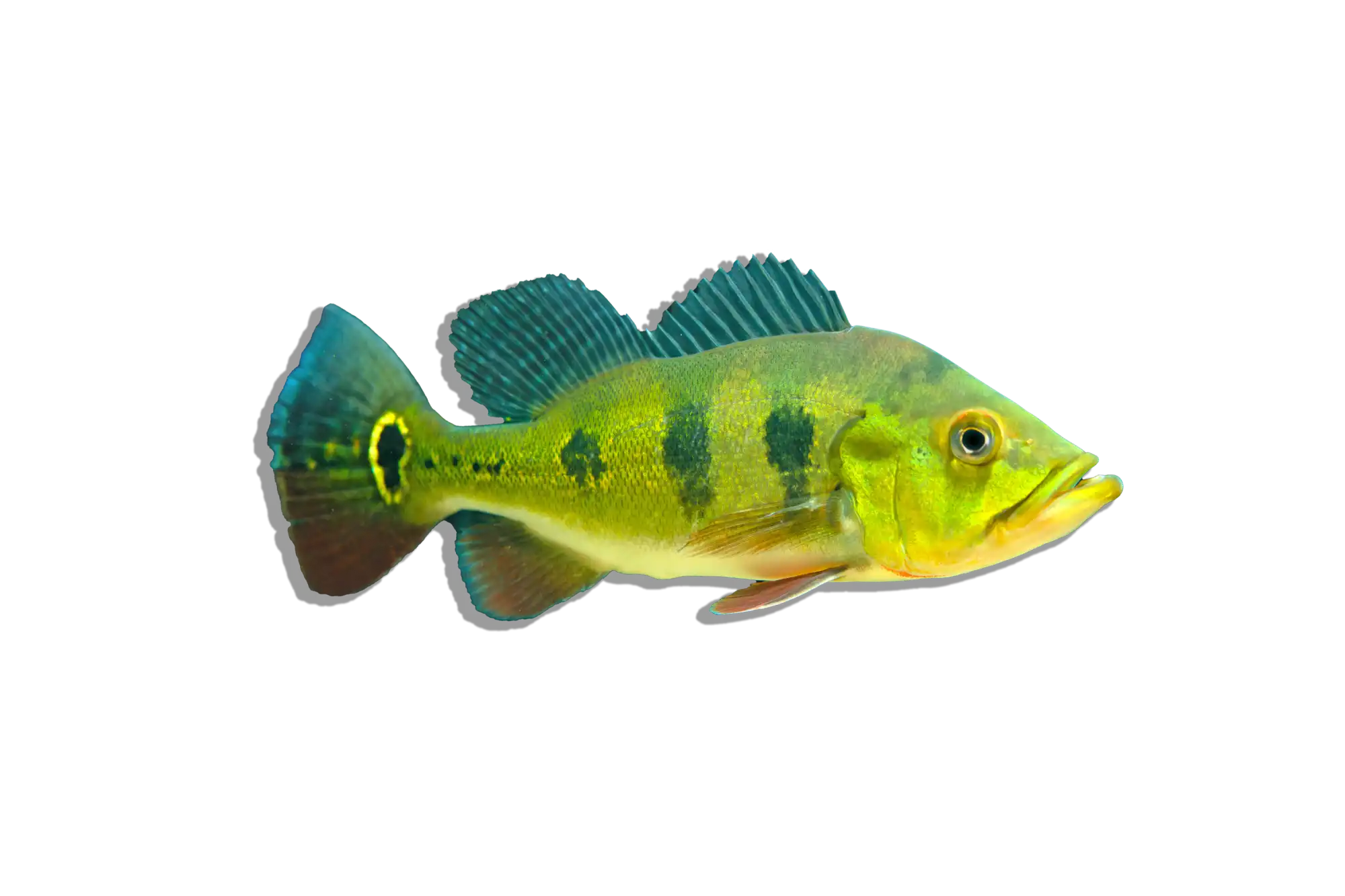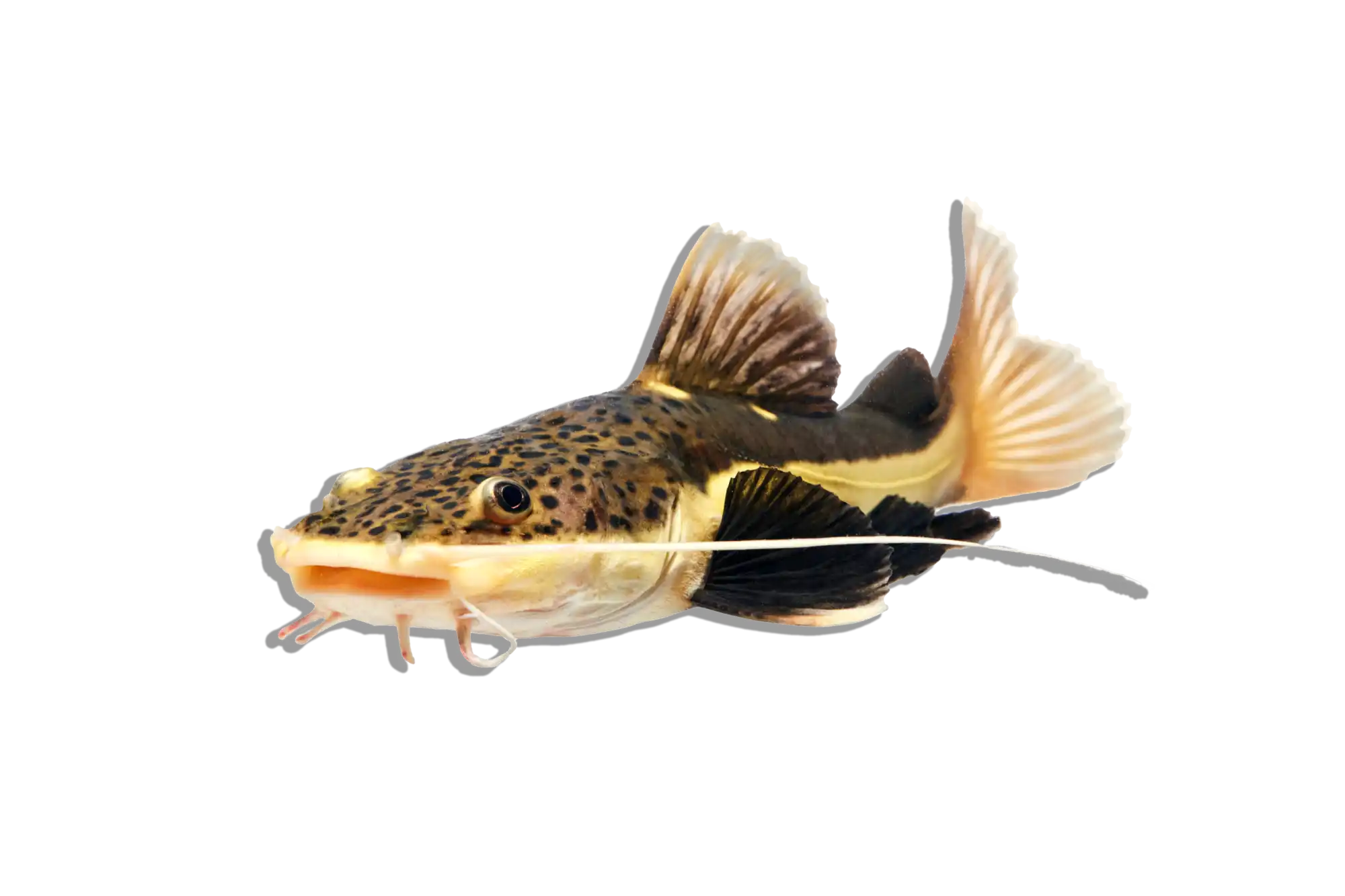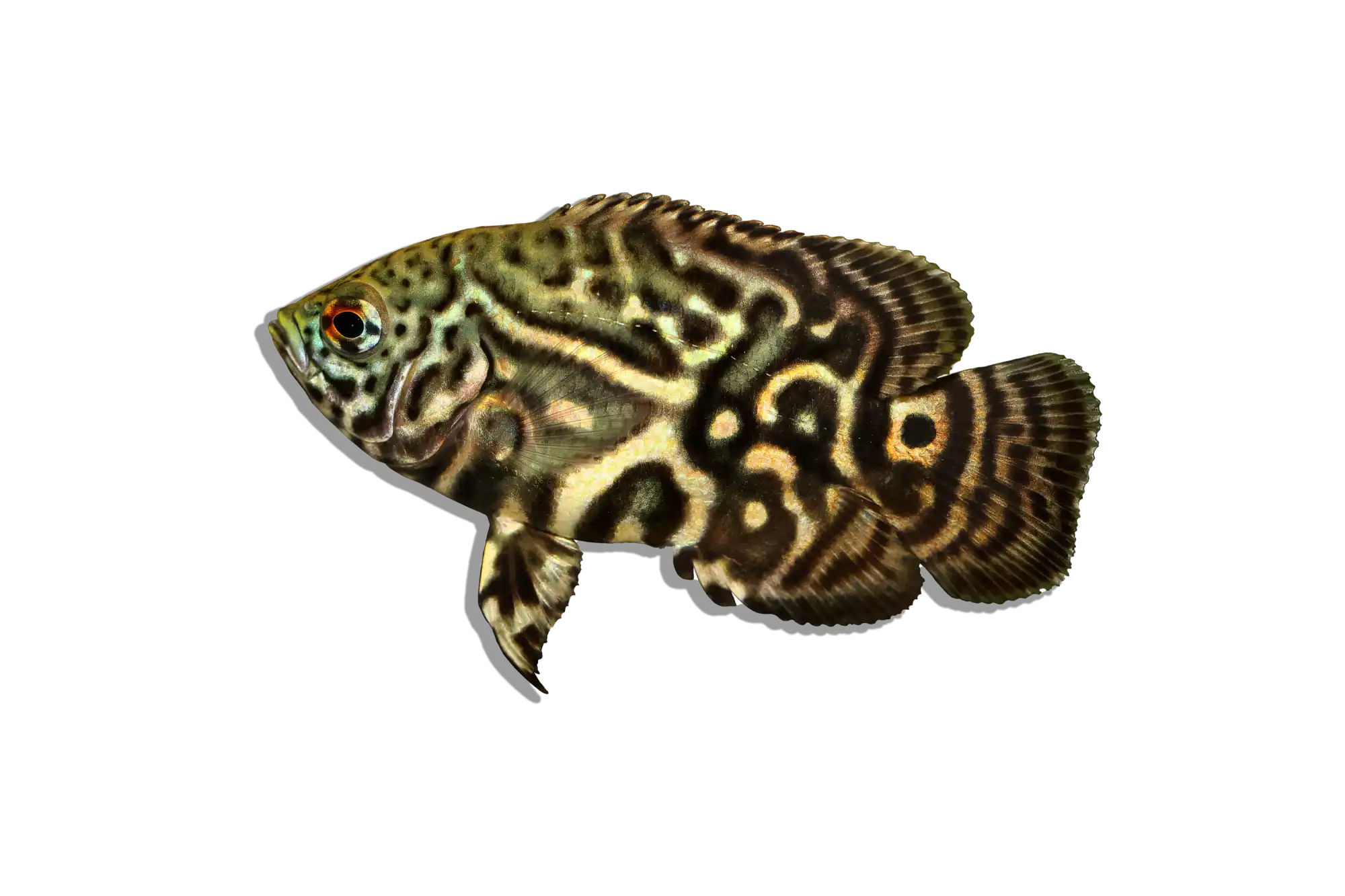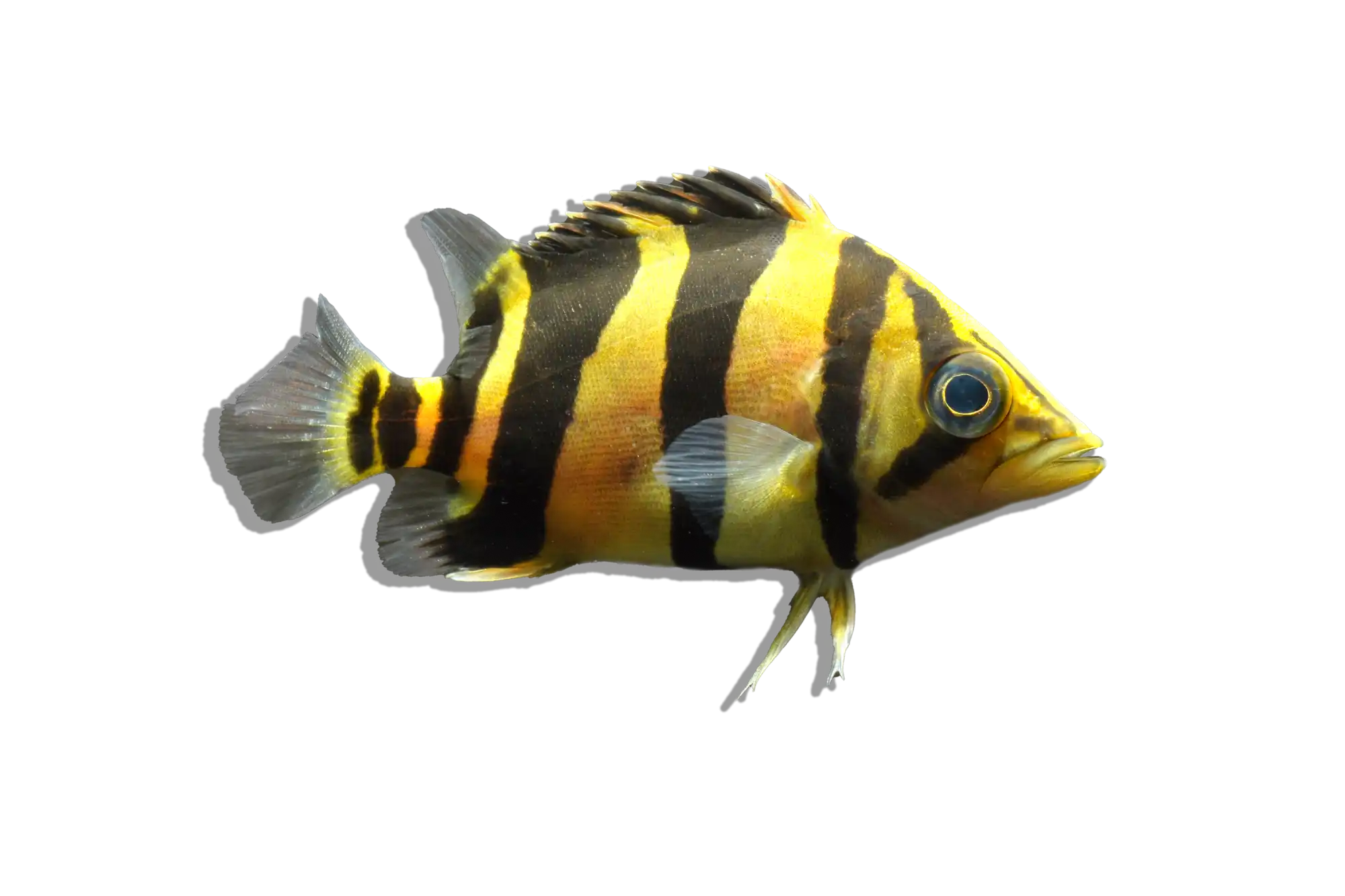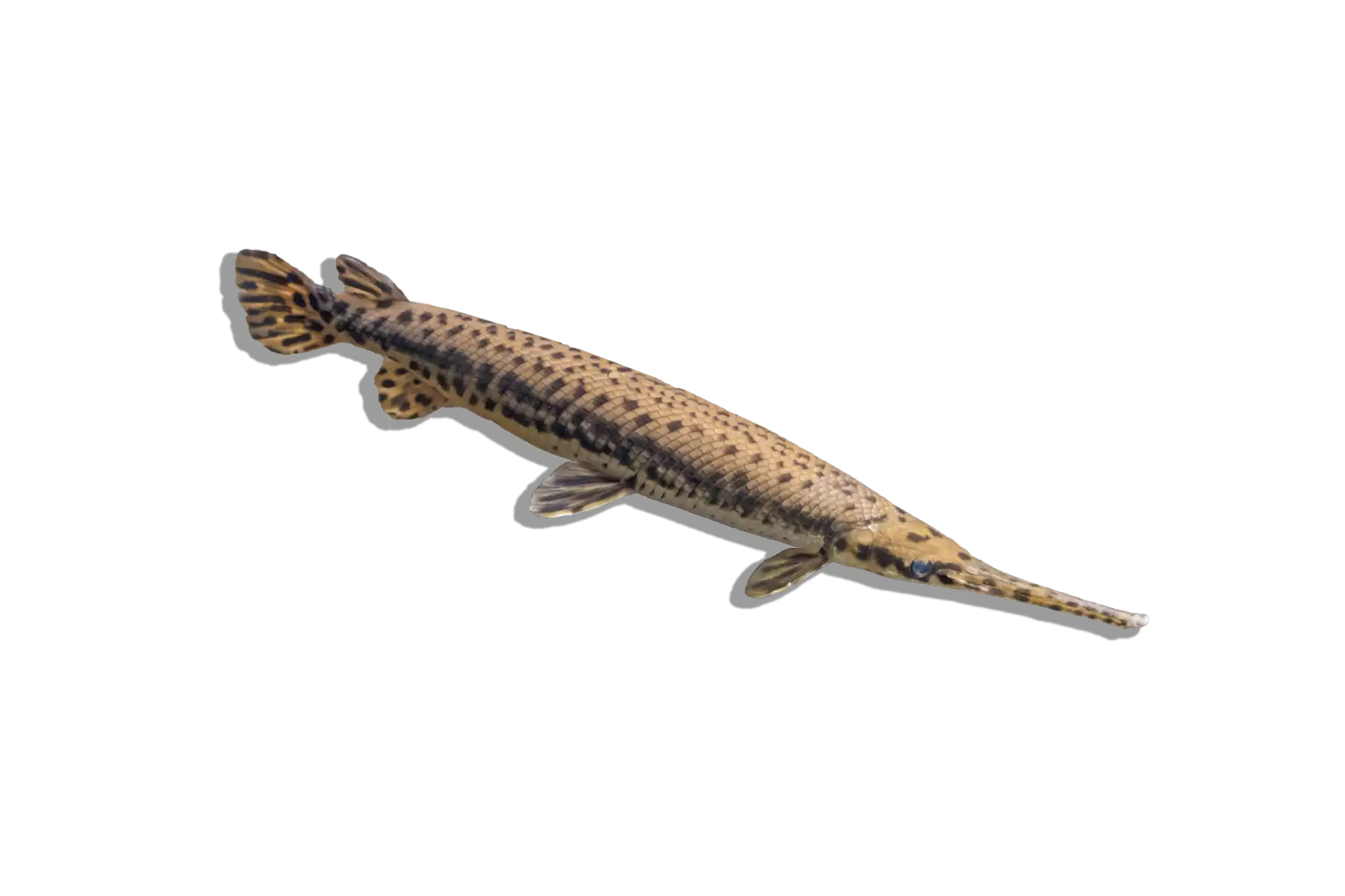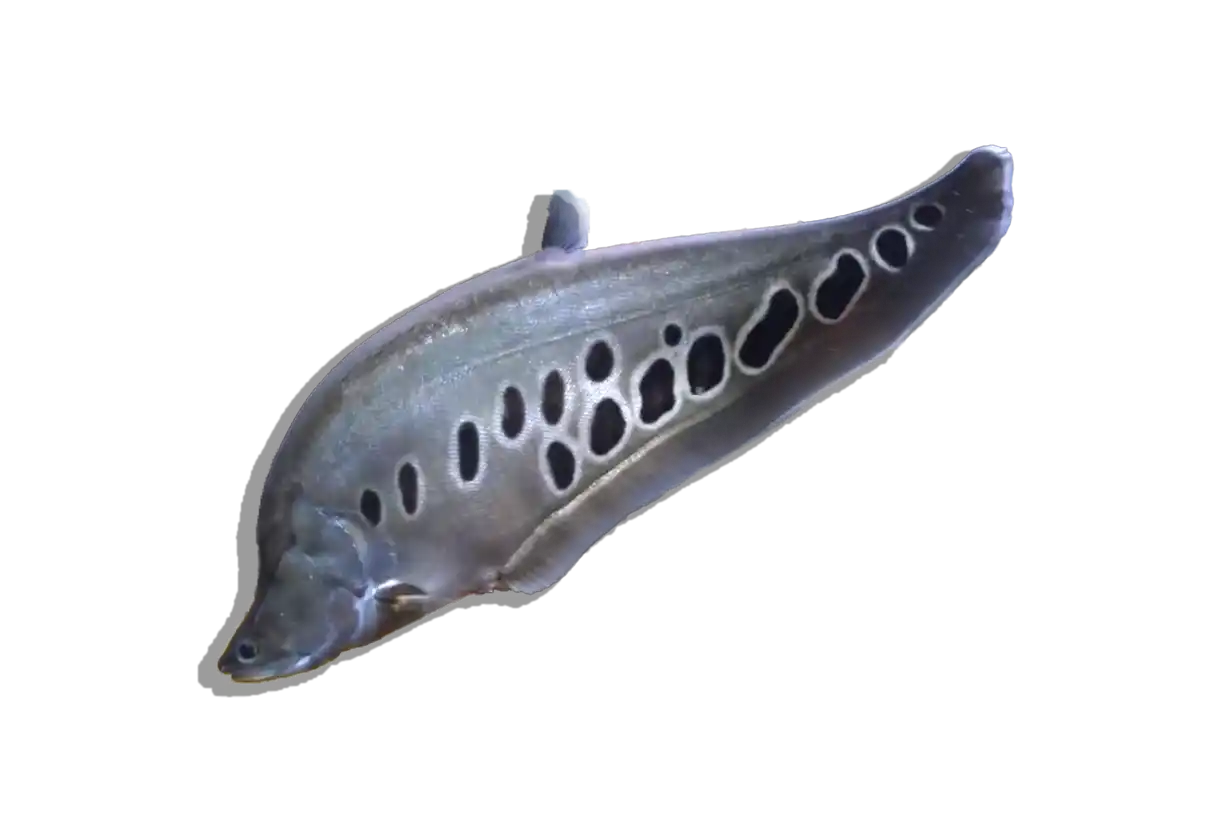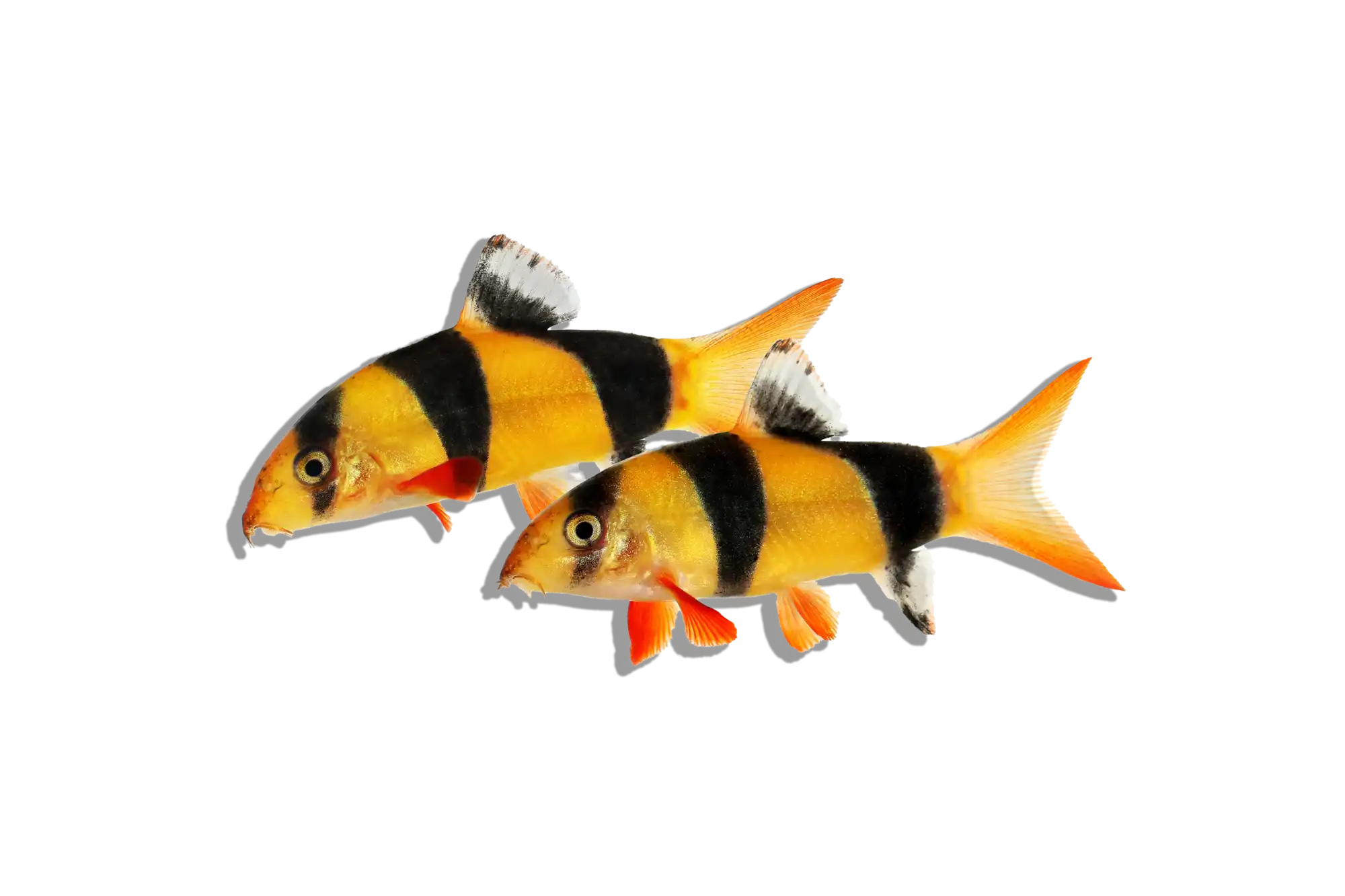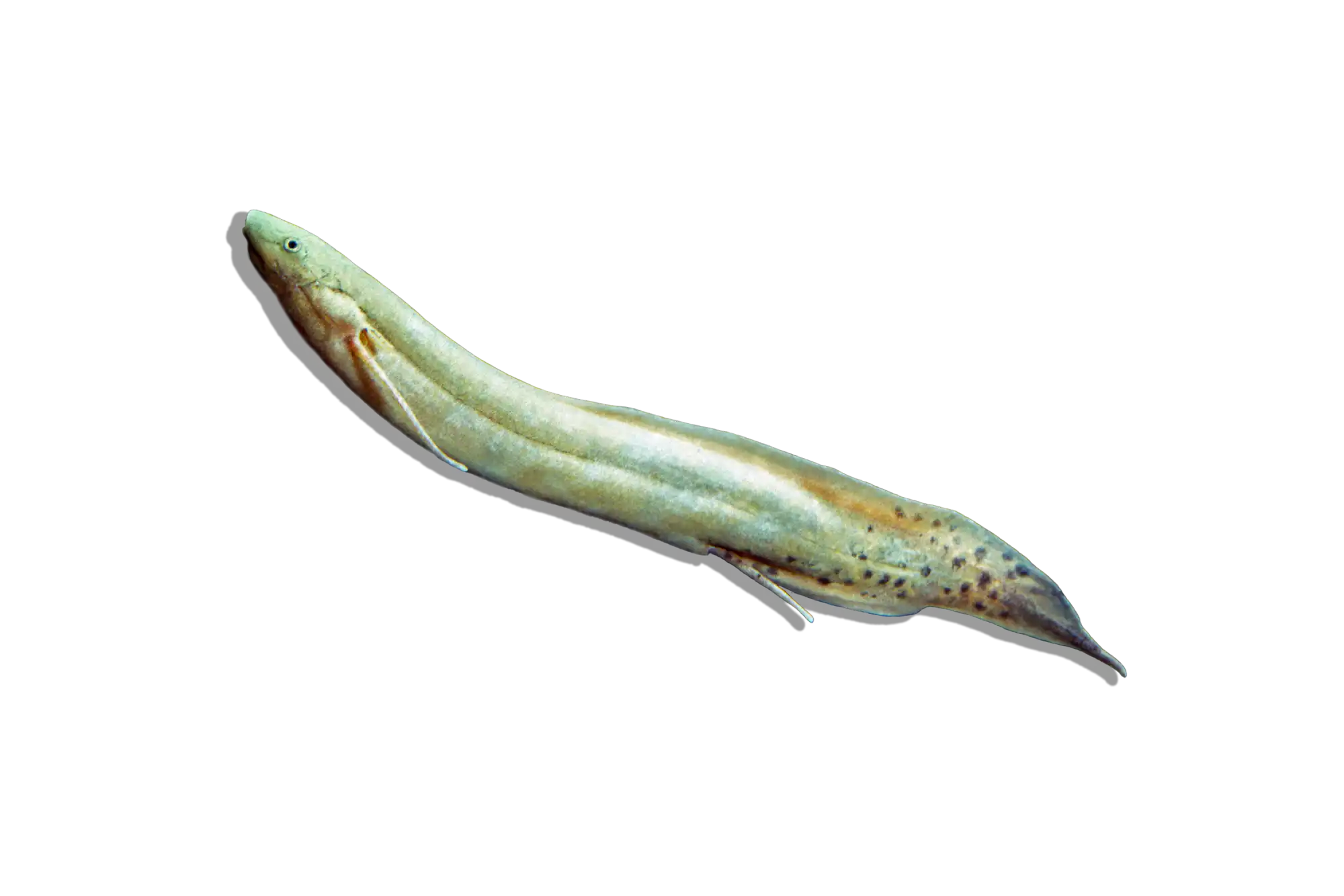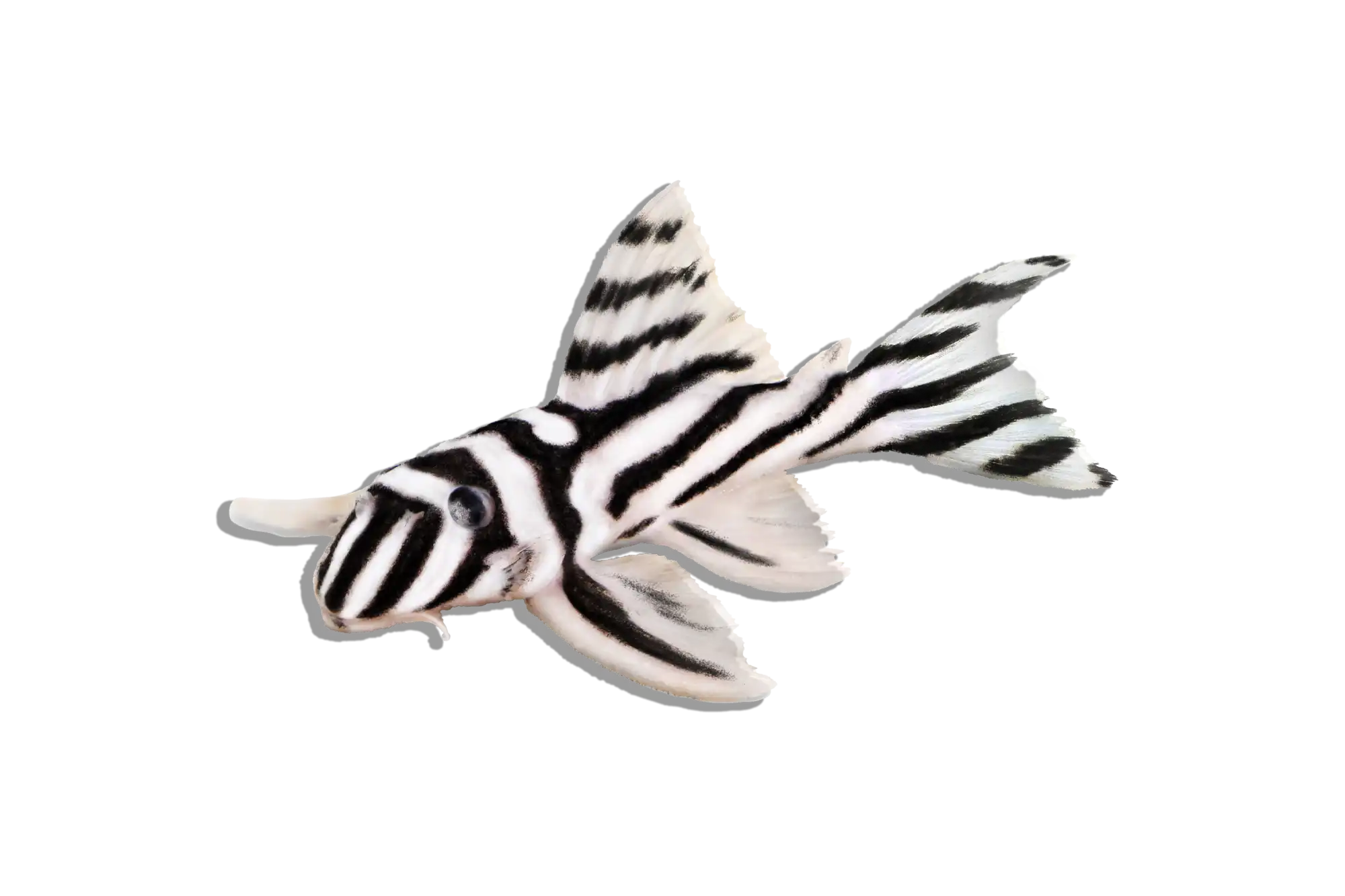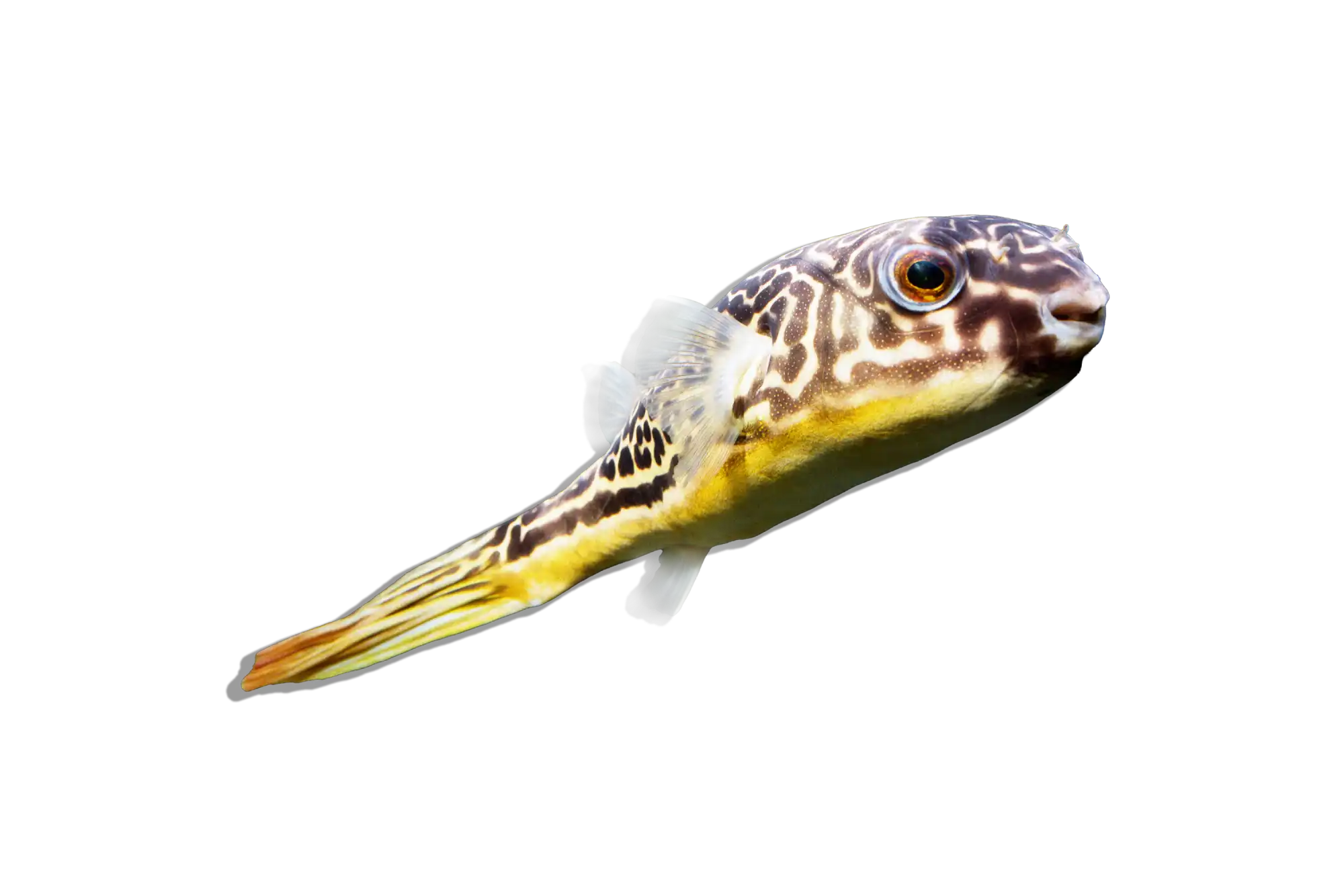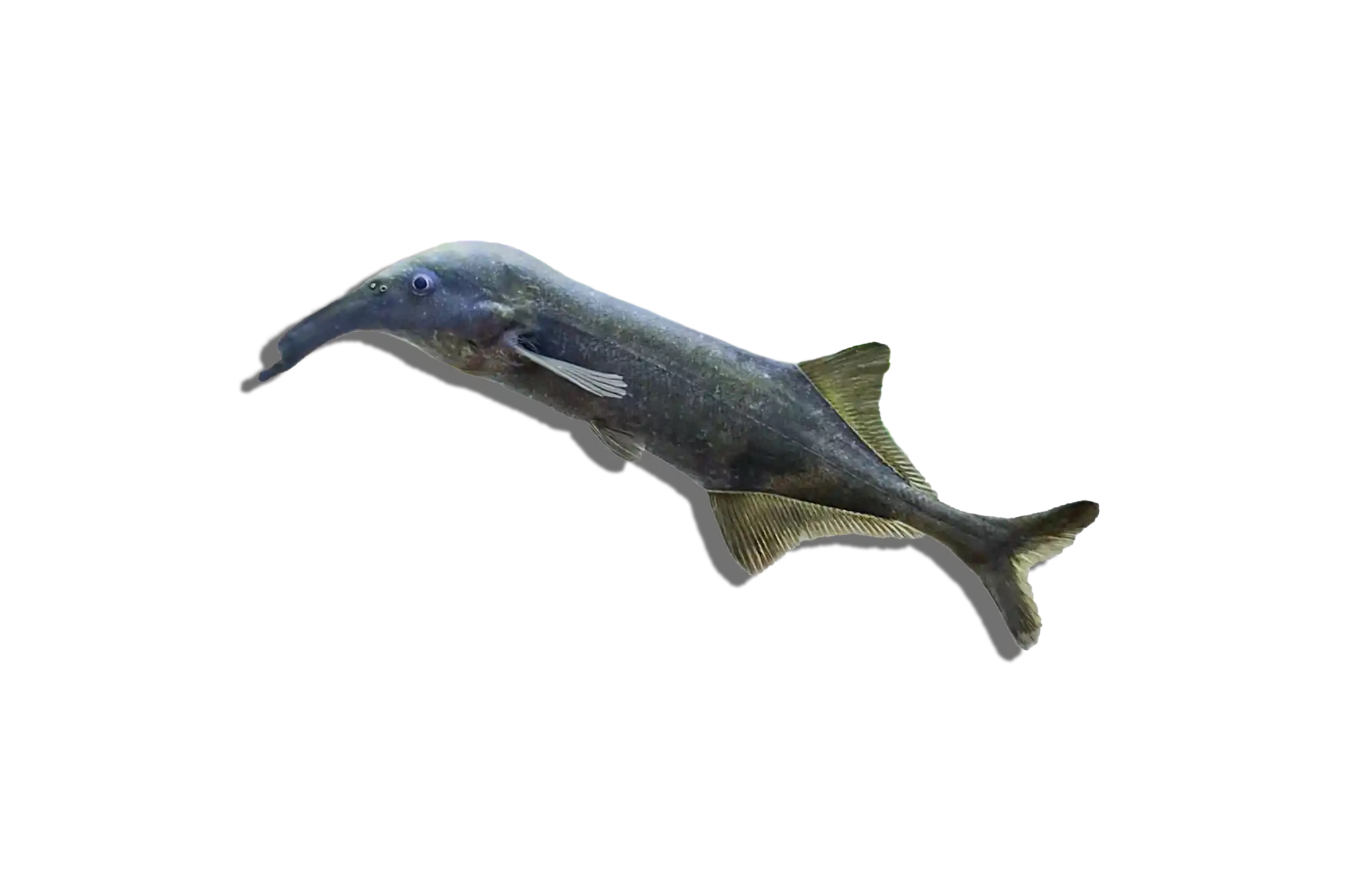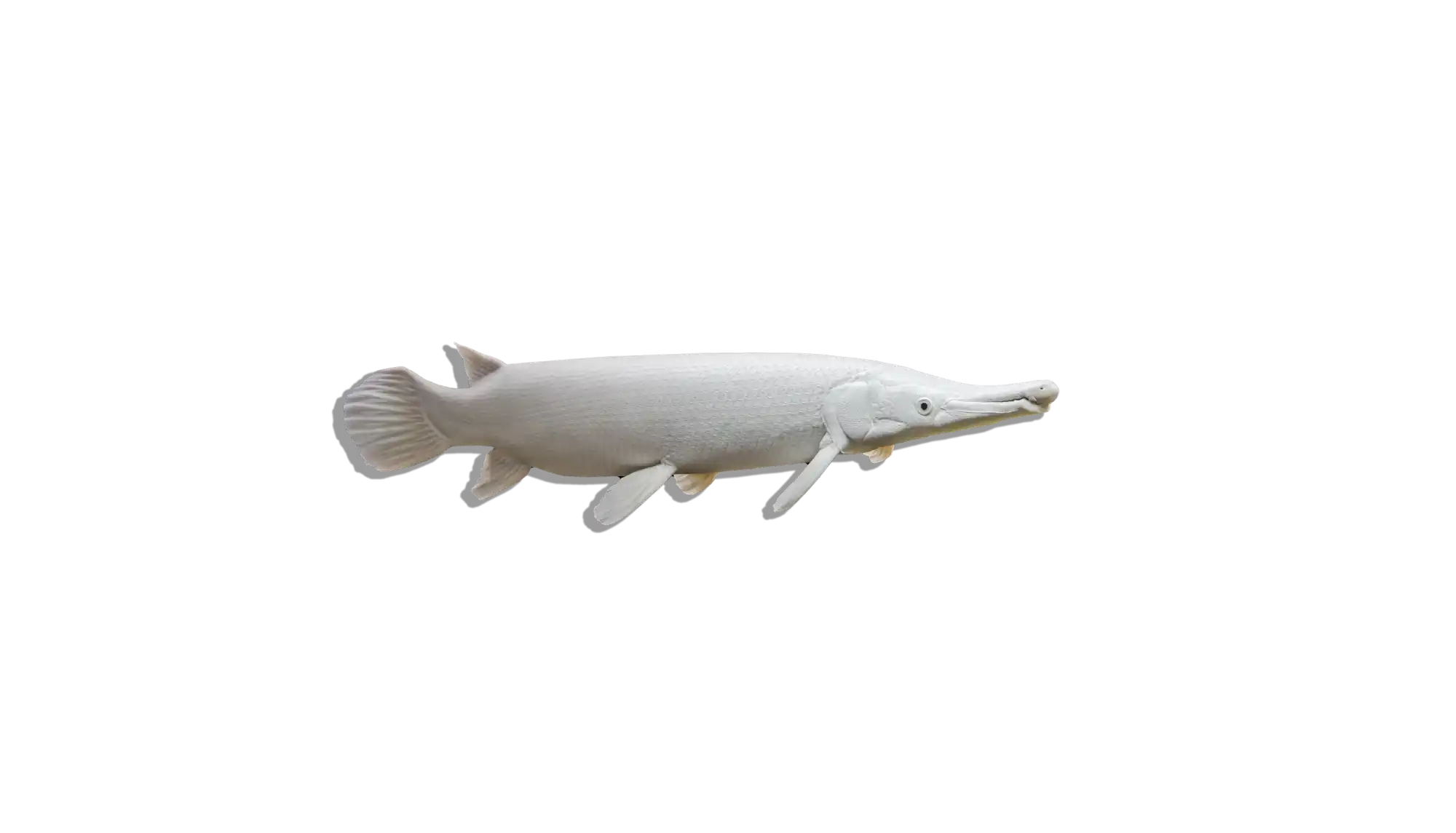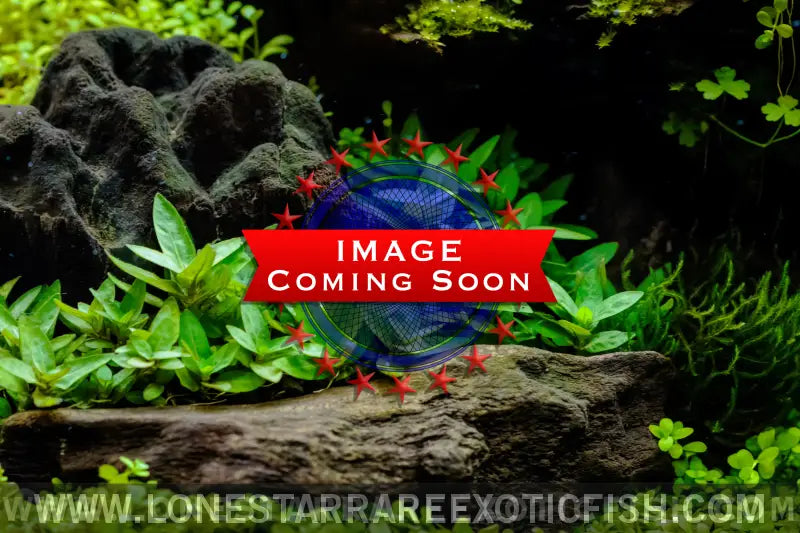Description
Common Name: Blue Zaire Moba Frontosa Cichlid
Scientific Name: Cyphotilapia frontosa
Other Names: Moba Frontosa, Zaire Blue Frontosa
The Blue Zaire Moba Frontosa is one of the most sought-after variants of Cyphotilapia frontosa, known for its deep blue coloration, bold black stripes, and pronounced nuchal hump. Originating from the deep waters of Lake Tanganyika, this slow-growing but majestic cichlid is a prized species among African cichlid enthusiasts due to its stunning appearance and calm yet dominant nature.
Habitat and Distribution: The Blue Zaire Moba Frontosa is endemic to Lake Tanganyika in Africa, specifically found in the Zaire (Democratic Republic of Congo) region near Moba. These fish inhabit deep rocky waters, often found at depths of 30-50 meters (100-165 feet), where they form large colonies. Their deep-water environment results in low light levels and stable, alkaline conditions.
Size and Lifespan: Frontosas are large cichlids, with males reaching up to 14-16 inches (35-40 cm) and females growing slightly smaller at 10-12 inches (25-30 cm). They are slow-growing but long-lived, with an average lifespan of 15-20 years in well-maintained aquariums.
Diet and Behavior:
Blue Zaire Moba Frontosas are carnivorous but prefer a slow, deliberate feeding style rather than aggressive hunting. In the wild, they primarily consume crustaceans, smaller fish, and invertebrates. In an aquarium, their diet should include:
- High-quality cichlid pellets formulated for carnivores
- Frozen or live krill, shrimp, earthworms, and silversides
- Occasional treats of bloodworms or mealworms
- Avoid overfeeding, as Frontosas are prone to bloating and digestive issues
Despite their large size and dominance, Frontosas are peaceful for African cichlids. They do best in groups of 6 or more, as they are naturally colony-dwelling. However, males can become territorial, especially when breeding.
Breeding and Reproduction:
Blue Zaire Moba Frontosas are maternal mouthbrooders, meaning the female carries the fertilized eggs in her mouth for 3-4 weeks before releasing free-swimming fry. To encourage breeding:
- Maintain a harem structure (1 male with multiple females)
- Provide flat rocks and caves for spawning
- Keep water conditions stable and pristine
Females will hold the fry in their mouths until they are large enough to survive. Once released, fry can be fed baby brine shrimp or finely crushed pellets.
Aquarium Care and Tank Requirements:
Due to their size, a minimum of 125 gallons is required for a small group, while 200+ gallons is ideal for larger colonies. The tank should include:
- Substrate: Fine sand or small gravel
- Decor: Large rock formations and caves to mimic their deep-water habitat
- Filtration: Strong filtration system (canister or sump) to handle their bioload
- Water Movement: Moderate flow, mimicking deep lake currents
- Lighting: Dim to moderate lighting to replicate their natural environment
Ideal Tank Mates:
Blue Zaire Moba Frontosas are relatively peaceful for a large cichlid, making them compatible with:
- Other Tanganyikan cichlids (such as Calvus, Julidochromis, or Cyprichromis)
- Larger Synodontis catfish
- Avoid overly aggressive cichlids (such as Mbunas), as they may stress Frontosas.
Difficulty Level: Intermediate to Advanced. While hardy, their large size, slow growth, and need for stable water conditions make them best suited for experienced aquarists.
Water Parameters:
- Temperature: 76-82°F (24-28°C)
- pH: 7.8-9.0 (alkaline)
- General Hardness (GH): 10-20 dGH
- Carbonate Hardness (KH): 8-15 dKH
- Ammonia: 0 ppm
- Nitrite: 0 ppm
- Nitrate: <20 ppm (regular water changes required)
Additional Information:
- Blue Zaire Moba Frontosas develop a prominent nuchal hump as they mature, especially males.
- They prefer dim lighting, as they naturally live in deeper water.
- Fun fact: Unlike many cichlids, Frontosas are slow-moving ambush predators, using their size and patience rather than speed to capture prey.
The Blue Zaire Moba Frontosa is a stunning centerpiece fish, requiring a large tank, proper water parameters, and patience due to its slow growth. With the right setup, they make a majestic and rewarding addition to an African cichlid aquarium.

